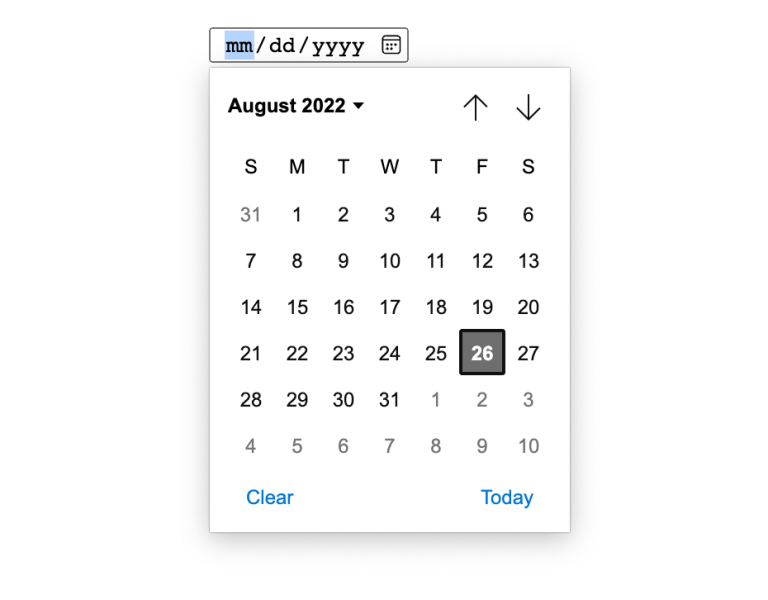
Every day, online shoppers are assaulted with the same tactics over and over again. They’re bombarded with calls to action, flashy graphics, and repeated calls for attention. It’s an aggressive environment that makes it difficult to stand out, and it can be hard to get conversions.
A great ecommerce website design doesn’t necessarily need to be flashy and in your face. In fact, you can increase conversion rates even if your ecommerce site is fairly basic. Here are a few tips for getting better conversions on your website:
Be Consistent
Table of Contents
People like things that are familiar to them. Each time you visit a website you expect to see something that looks close to what you saw the last time. Your customers will be more likely to convert if they see a design they are already used to seeing. It also helps if the same color scheme is used across all of your marketing materials and on your ecommerce site as well.
Create Clear CTAs
A clear call-to-action (CTA) is vital when it comes to e-commerce conversion rate optimization. For e-commerce sites, CTAs are usually “Add to Basket” or “Buy Now” buttons on a web page to attract the attention of visitors and persuade them to click. The buttons usually have contrasting colors and a unique design, and their wording should be kept simple and clear. Additionally, the CTAs should align with the purpose of the web page they are located on. For instance, the CTA on a product page may read “Ad to Basket” while the CTA on a content page may be “Read More.”
A/B Testing and Experimentation
A/B testing and experimentation can create some tangible competitive advantage for e-commerce landing pages and websites. It is also known as split testing – a process that involves comparing two versions of the same web page against each other to determine which one is performing better than the other. Controlled experimentation enables marketers to iterate and conduct research quickly, leading to a data-informed decision. The process is widely used for augmenting the performance of mobile applications, websites, and emails. If used in the proper way, controlled experimentation can set the ground for data-driven marketing strategies to boost customer acquisition, improve conversion rates, boost lead generation results, and increase sales.
Provide Answers
An effective strategy for designing your e-commerce website for conversions is to provide website personalization through answering questions and uncertainty that often pops up in a shopper’s mind and prevent them from making a purchase. These are obstacles and anything you can do to remove obstacles will help to increase your conversions. A good way to answer questions and clear hesitations in the shopper’s mind is to use videos and images. For instance, the way you display a product can help to answer many questions simply because a picture is worth a thousand words. Using detailed, high-resolution product images will enable shoppers see details and answer their own questions. Similarly, using photos of a product in context rather than an isolated product in a studio can provide answers to questions about use and relative size of the product.
While the process of designing your e-commerce website for conversion may seem like a daunting task, it is actually a relatively straightforward affair if you follow a few simple rules. For starters, try to keep everything very simple. Secondly, focus on product imagery and make your CTA buttons stand out. Additionally, use controlled experimentation to see what works best for your business. Lastly, be consistent and provide answers to questions and try to clear any hesitations that shoppers may have.






